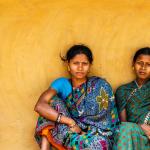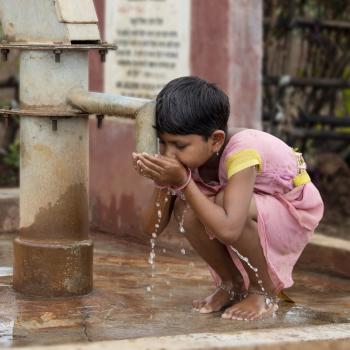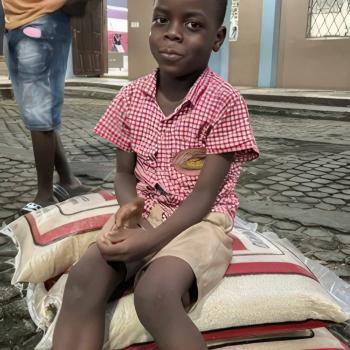WILLS POINT, TX – Gospel for Asia (GFA) Special Report Part 2– Discussing the global water crisis and the quest for access to clean water.
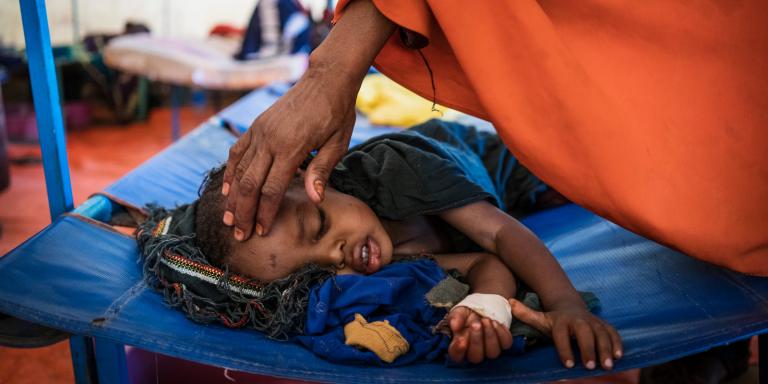
Waterborne Diseases Caused by the Global Water Crisis
Even under normal conditions, people in many regions are exposed to life-threatening diseases from their water, including typhoid, polio and hepatitis A. Among the most common waterborne diseases is diarrhea, which can be caused by any of several pathogens. It kills about 1.5 million children every year, more than 80 percent of them in Africa and South Asia. World Health Organization (WHO) estimates that 88 percent of those deaths are caused by unsafe water, inadequate sanitation and poor hygiene.[1] Diarrheal diseases kill by depleting the body’s fluids, often very rapidly.
Children are most vulnerable because their metabolisms use more water than adults’, and their body weight consists of more water proportionally than an adult’s. Their kidneys are also less able to conserve water.[2]
with changes that are simple.
Children with malnutrition and weakened immune systems are especially susceptible to the worst effects of diarrhea. This explains why diarrheal disease is one of the primary killers in poorer countries but not in the developed world. Some diarrheal diseases target adults and older children. One of the most familiar and deadly of these is cholera, which afflicts between 1.4 million and 4 million people each year, killing thousands.[3]
In some documented cases, improving the quality of water at the source, combined with treatment of household water and safe water-storage systems, has reduced the incidence of diarrhea by 47 percent. And studies show that simply handwashing with soap can reduce the incidence by 40 percent.[4] These figures underscore a tragic truth: Diseases that are so deadly can be prevented with changes that are simple.
Trace Element Contamination Adds to Global Water Crisis
Sometimes it isn’t living organisms that make people sick, but it’s the naturally occurring elements in the water. Heavy metals and other trace elements are usually present in our diets, and in fact, many of them are essential—but only in tiny quantities. When we ingest more than the safe levels, we can experience illness and even death.
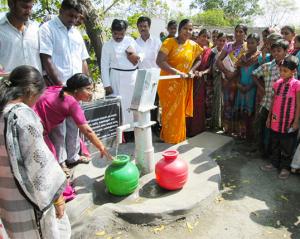
Some of these elements are in the ground and leach naturally into the water we use, while others are introduced into the water supply through industry, mining and agriculture.
This was the problem facing four Asian villages when Gospel for Asia (GFA)-supported workers came to the scene in 2014. This area typically experienced several months of drought, followed by heavy monsoon rains. But the water left by the rains was contaminated with chemicals. Villagers with enough money could buy their own water, but the poor had to walk long distances every day to ask for water from local landlords. Gospel for Asia (GFA)-supported pastors in the area arranged for wells to be installed in all four villages, bringing clean water at last to approximately 5,300 people.
One of the most well-known water contaminants is lead. Lead poisoning can cause headaches, abdominal pain, mood disorders, high blood pressure, joint and muscle pain, and difficulty with memory or concentration. As always, children experience the worst effects. Lead poisoning can delay their development and cause learning difficulties. They may also experience fatigue, vomiting, hearing loss and seizures.
are not limited to the developing world.
Since lead paint was identified as a major problem in the United States during the 1970s, a concerted national campaign reduced its impact over time. But Americans received a wake-up call in 2014 when the water supply in Flint, Michigan, came under scrutiny—as described by Karen Burton Mains in GFA’s special report “The Global Water Crisis: Finding Solutions to Humanity’s Need for Pure, Safe Water.”[5]
Residents complained about the color, taste and smell of their water. It turned out that the service lines from water mains to individual homes in Flint were made of lead and were not treated with corrosion inhibitors, which keep the contamination at acceptable levels. Eighty-seven cases of Legionnaire’s disease were associated with the contaminated water, leading to 12 deaths. Overall, more than 100,000 people had been exposed to a dangerous poison.
The Flint saga reminded everyone that water is a fragile resource, and its problems are not limited to the developing world.
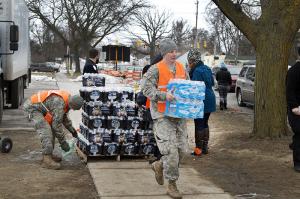
In 2017, the Reuters news agency conducted an investigation that revealed how widespread such issues really are even in the United States. Their reporters discovered 3,810 areas in the U.S with childhood lead poisoning rates twice as high as those found in Flint. And 1,300 areas showed lead levels four times greater than those found in Flint.[6] The affected locations included 34 states and Washington D.C. In the best of outcomes, such a national scandal should at least inspire compassion for others around the world who struggle to find clean water.
Arsenic is well known as a poison, but it’s actually an element that occurs naturally throughout the world. When it enters a water supply, however, it can cause unimaginable suffering.
In 1983, scientists discovered arsenic in the water of 33 villages in West Bengal, India. Subsequent investigations revealed similar contamination in 2,417 villages along the flood plains of the Ganges River.[7]
Arsenic poisoning can cause severe abdominal pain, nausea, vomiting and diarrhea. Other symptoms include abnormal heart rhythm, muscle cramps and tingling extremities. Some victims first notice unusual lesions and growths on their skin, and many then discover they have cancer. Victims of arsenic poisoning can recover if the source of their illness is removed in time.
Several other disease-causing trace elements—most of them heavy metals—contaminate water supplies today. Cadmium accumulates in the kidneys and hepatic system and can cause cancer. Chromium, likewise, can cause liver and skin cancer when it reaches high levels. Zinc and copper can also be dangerous to health.
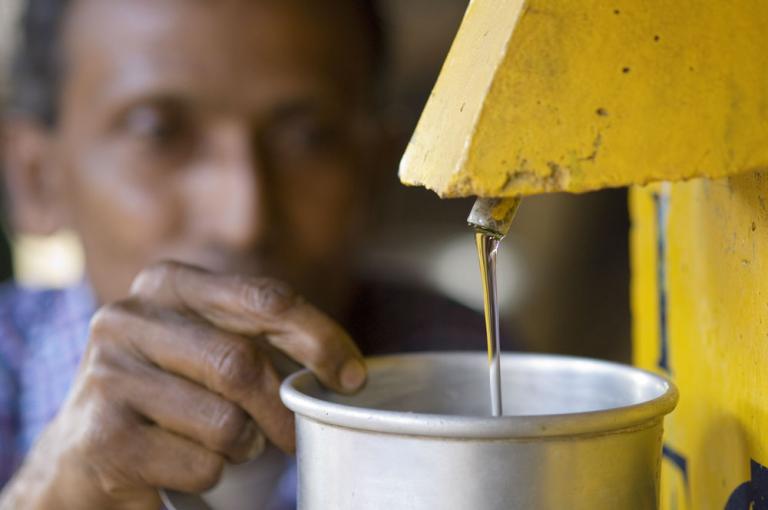
A Simple Solution to the Global Water Crisis
People in the developed world rely on their water providers to protect them from such threats. For those who can afford it, a home filtration system offers added security. But people living in poorer areas have no such protection. They often collect their water from fetid ponds or polluted streams. They’re exposed to all the worst dangers that may be hidden in their water.
BioSand water filters use mechanical and biological processes to remove heavy metals, bacteria, viruses, protozoa and other impurities from water. They are widely recognized as effective and are small enough to fit easily in virtually any home. Most importantly, they are inexpensive—just $30 for a filter that can serve an entire family with clean water for decades. Seeing the dramatic impact BioSand water filters have, Gospel for Asia (GFA)-supported workers have built and provided 85,000 of them for Asian families since 2008.
Aanjay, a farmer in Asia, saw firsthand the effects of contaminated water on his family and his entire village.
“We were forced to use dirty and filthy water for cooking and drinking,” he recalls. “Thus, we suffered stomachache, jaundice, typhoid and diarrhea.”
The villagers also had to use the tainted water for bathing, which caused skin infections.
That changed when some Gospel for Asia (GFA)-supported pastors provided BioSand water filters for Aanjay’s family and several others.
“Along with receiving a filter, families also received health and hygiene training that works to significantly lower the incidence of waterborne illness,” Aanjay says. “Now the villagers are getting purely filtered water for drinking. Since [the Biosand water filters] were installed, all water-caused and waterborne diseases have ceased.”
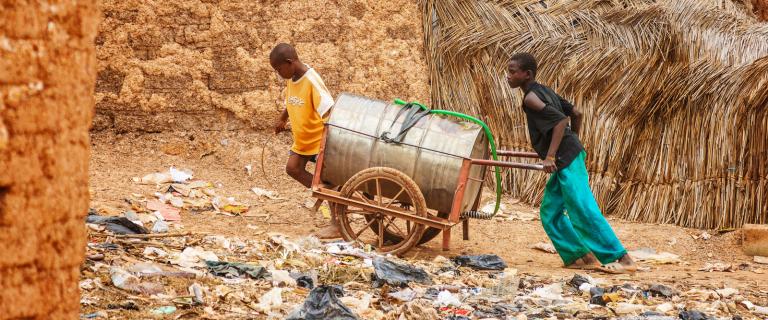
Burkina Faso: Africa’s Anguish
Recurring drought, contamination and lack of funds have all contributed to Africa’s severe water problems. A vivid example of all three can be found in the little landlocked country of Burkina Faso.
Located in the vast savanna region south of the Sahara Desert, Burkina Faso endures up to eight months of dry weather each year.[8] When drought makes conditions even worse, as it did in 2016, a true crisis occurs. That year, the capital, Ougadougou, was able to provide only intermittent water service for its 2 million residents. People were forced to travel far into the countryside to find usable water.[9] Water shortages like this, and the power outages that accompany them, have become a normal part of life for city residents.
For people in rural areas, the hardships are even worse. Eighty percent of Burkina Faso’s people are subsistence farmers,[10] so droughts are especially devastating for them. The country is also plagued by waterborne diseases common to undeveloped areas—diarrhea, hepatitis A and typhoid fever.[11]
According to Water Aid UK, 4,500 children under the age of 5 die of diarrhea each year in Burkina Faso, and nearly half the residents live without clean water.[12] When the rains do come, mosquitoes that breed in the standing water spread malaria, yellow fever and dengue fever.
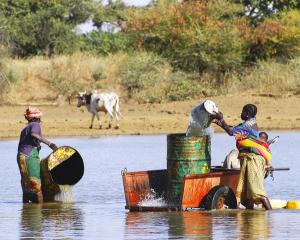
One of the main industries in Burkina Faso is gold mining. But the mining process has introduced deadly arsenic into the groundwater.[13] On top of all these challenges, the rapidly-growing population is putting unprecedented stress on the water supply. War and disruption in neighboring countries have displaced millions of people, many of whom seek refuge in Burkina Faso. This has only exacerbated a problem that was already severe.[14]
Efforts to improve conditions in Burkina Faso haven’t always been effective. Relief workers from Water Aid UK found that many existing wells there were unusable because of broken handpumps. And toilets provided by the government to improve hygiene were going unused—because people don’t know what to do with them.[15] This underscores the importance of education to go along with physical improvements. One without the other leads to failure.
Against this stark backdrop, a number of entities are working valiantly to reverse the cycle of despair in Burkina Faso. Since 2000, the government has taken real steps to address the crisis, creating five water basin committees to protect and preserve water resources throughout the country.[16] Meanwhile, many non-governmental organizations are helping by drilling new wells, repairing old ones and training local people to manage their water effectively. Among these are the aforementioned Water Aid UK, Myra’s Wells, SIM missionary organization, The Water Project, Hearts for Burkina, Engage Burkina, and Living Water International.
Dying of Thirst: The Global Water Crisis – The Crucial Quest for Access to Clean Water: Part 1 | Part 3
This Special Report article originally appeared on gfa.org.
Read the Global Clean Water Crisis Report: Finding Solutions to Humanity’s Need for Pure, Safe Water.
Learn more about how to provide clean water to families and villages through Jesus Wells and BioSand Water Filters.
To read more on the Global Water Crisis on Patheos, go here.
Click here, to read more blogs on Patheos from Gospel for Asia.
Go here to know more about Gospel for Asia: Radio | About | Integrity | Facebook | Lawsuit
For more information about this, click here.



